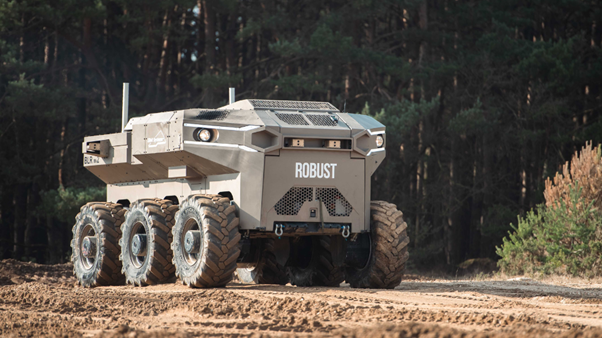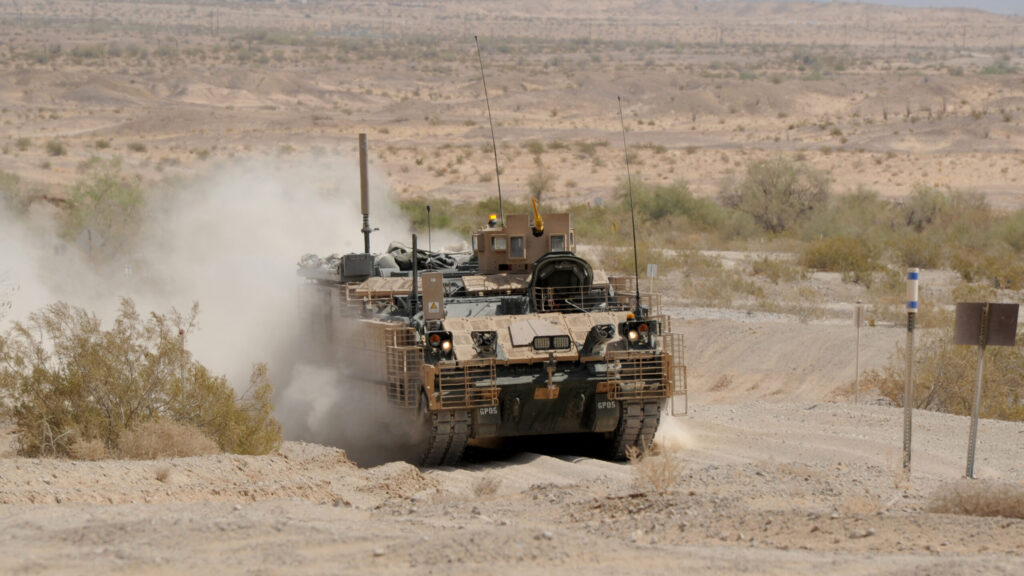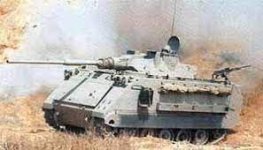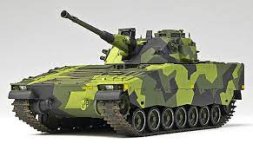- Reaction score
- 28,795
- Points
- 1,090
Jerrycans, obviously.Just don't discuss how to refuel them.

Jerrycans, obviously.Just don't discuss how to refuel them.
Jerrycans, obviously.
The old British "Flimsinese", fuel spillage in North Africa with them was 20%, the advent of the jerrican can dropped that to 5%. At 20% spillage, 1 tanker in 5 that made it through the Axis gauntlet was wasted.Jerrycans are for sissies!
Real soldiers use 1 gallon naphtha cans….
LOL, hence why so many Iltis were blowing engines. gas is gas isnt it?Jerrycans are for sissies!
Real soldiers use 1 gallon naphtha cans….
Fuel tankers are nice but a huge target that - well - burns. Ever see a vehicle fire? They are something else.The old British "Flimsinese", fuel spillage in North Africa with them was 20%, the advent of the jerrican can dropped that to 5%. At 20% spillage, 1 tanker in 5 that made it through the Axis gauntlet was wasted.
Or flight line?
I was referring to the tanker ships on the Med convoy run. Not personally seen a tanker truck burn, but have seen the aftermath.Fuel tankers are nice but a huge target that - well - burns. Ever see a vehicle fire? They are something else.
Even a half ton or SUV fire is something to see. Often it’s not a pleasant outcome.I was referring to the tanker ships on the Med convoy run. Not personally seen a tanker truck burn, but have seen the aftermath.

BELFAST — In a first, the United Kingdom recently tested three different heavy uncrewed ground vehicles (H-UGV) weighing over five tonnes (5.5 US tons) to evaluate speed, terrain and communication system capabilities.
Led by the Future Capability Group (FCG) from within Britain’s procurement arm Defence Equipment and Support (DE&S), Elbit’s ROBUST (ROBotic aUtonomous Sense and strike), Milrem’s Type X and Rheinmetall’s Wiesel vehicles all “underwent stringent trials” over two weeks, at the British Army’s Armoured Trials and Development Unit (ATDU) in Dorset, England, according to DE&S.
Elbit ... ROBUST... hosts a 30mm autonomous turret and ... Elbit’s Iron Fist Active Protection System, alongside fire control and mission management systems, ....The vehicle can also carry a capsuled drone for reconnaissance missions.
Milrem ... Type X ... a “wingman” for main battle tanks, designed to support mechanized units. Firepower options include 25mm to 50mm autocannons. Due to integration with a multi-canister launcher, the uncrewed vehicle and also be equipped with UVision Hero 120 and Hero-400EC loitering munitions.
Rheinmetall ... Wiesel ... a fully digitized version of the Wiesel armored fighting vehicle, integrated with autonomous capabilities of the company’s Mission Master UGV and can be equipped with a Common Remotely Operated Weapon Station to launch Javelin missiles.
The tests are a step toward “what could potentially be achieved on the battlefield with crewless vehicles in the next 10, 20 or 30 years,”
A few days ago I came across this article.

Slow your roll: Army plans reduced buys for some key combat vehicle fleets - Breaking Defense
Service FY24 budget documents unveil plans to buy fewer “light tanks,” M88 recovery vehicles, and halt upgunned Stryker procurement in the outyears.breakingdefense.com
Spending on armor of all sorts to be slowed ... Fewer vehicles on order.
One program bucks the trend, in a sense. The Bradley replacement programme will continue spending R&D money
Bradley
Other armo(u)r, tracks and wheels, are all on the go slow.
Abrams
Paladins
M88 Heavy Equipment Recovery Combat Utility Lift and Evacuation System (HERCULES)
Joint Assault Bridge buy
The two newest programs, the AMPV and the MPFS are also being slowed although the AMPV is being saved by Ukrainian support dollars
AMPV (M113 Replacement)
GDLS Ajax variant the MPFS being slowed is intriguing. Ukrainian rethink or British rethink?
And there's a Canadian angle....
DefenceReview.UK
And it is not just tracks that are being slowed
Strykers
Stryker 30mm Upgrades
In a similar vein (Chinooks are Infantry Vehicles)

Army Failure To Embrace Chinook Helicopter Upgrades Endangers Industrial Base
Army planners need to think more rigorously about the industrial fallout from their program choices.www.forbes.com
The Army argues that it has more pressing modernization needs,
My sense is that the Army is taking an operational pause on the vision thing and waiting to see what happens in Ukraine - especially intriguing, I think will be the field trials of the Leopards, Challengers and Abrams.
If I had to bet I would put a fiver on the Army looking at the Optionally Manned Platform as the basis for a medium heavy tracked fleet (30 tonnish?) in line with the CV90 philosophy? One set of tracks for everything from 7.62mm to 120/155mm.
And Stryker? Is heavier armor and heavier weaponry really the way you want to go for a vehicle that will need to deploy quickly and widely?
I just saw a video posted on the CSC thread (???) showing a highspeed Anglo-Japanese landing craft - the BMT Cayman. The interesting bit as far as I was concerned was the combat load -
1x 26 tonne Type 16 105mm 8x8 "Tank Destroyer"
2x 4.5 tonne Komatsu 4x4 "Light Armoured Vehicle".
A very French looking configuration for dealing with rapid deployment security in its home islands.
I think everyone is on "Wait Out" for a while - especially if you are building legacy systems. Same position as wagon wheel and tacking manufacturers were ca 1917.

Global Force 2023 — BAE Systems is making space at its York, Pa. facility to ramp up production of the Army’s Armored Multi-Purpose Vehicle line and Marine Corps Amphibious Combat Vehicles by moving other vehicle work to different locations around the country, according to a company official.
Although the Army has not yet made its AMPV full-rate production decision, that pending milestone will require the company to move from producing 12 vehicles per month up to roughly 16, with the goal of churning out 197 AMPVs each year. When combined with the Marine plans for its ACV line, BAE’s vice president of business development for combat mission systems, Jim Miller, said the company needs to clear out space at York to make it the AMPV and ACV “Center of Excellence.”
The first big change previously involved moving M88A2 Heavy Equipment Recovery Combat Utility Lift and Evacuation System (HERCULES) production to Anniston Army Depot in Alabama, but now the company has decided to move M88 hull work over to a different “partner” altogether.
the Army’s Self-Propelled Howitzer Paladin Integrated Management (PIM) program, one that includes the M109A7 howitzer and the ammunition carrying vehicle. Miller said the welding machines at York will still be used to fabricate PIM hulls but vehicle assembly will be moved to Anniston before they are moved to Elgin, Okla. for final assembly and testing.
changes at York are occurring, in part, due to $27 million from Ukraine supplemental to ramp up AMPV manufacturing, and another $250 million internal investment. Those dollars, Miller said, helped pay for new robotic welding machines and an ACV swim pond.

 forum.cartridgecollectors.org
forum.cartridgecollectors.org


The 60 mm Gun
Officially, the weapon is known as the 60 mm High-Velocity Medium Support (HVMS) Gun. It was a joint development started in the late 1970s between Israeli Military Industries (IMI) and OTO-Melara of Italy. The 60 mm (2.3 in) gun was designed for infantry support, the idea being to give infantry units increased anti-armor firepower by giving them a powerful, but light gun that could be mounted on light vehicles. A joint project to develop a lightweight turret housing the gun, which could be mounted directly onto light vehicles, such as the M113 APC, was planned, but this did not come to fruition. The two companies split during the project, developing their own versions. Despite being a success, the weapons did not enter service with either the Italians or the Israelis.
The 60 mm High-Velocity Medium Support (HVMS) Gun in testing on an ex-British 6-Pounder gun carriage. Photo: Unknown Source
The gun had a barrel length of 70 Calibers (4.2 meters), with a fume-extractor placed halfway down its length. The barrel was constructed using the autofrettage method of metal fabrication. In short, this allowed the barrel wall to be thin, but extremely tough. The gun utilized a hydrospring recoil system, meaning the spring surrounds the breach-end of the barrel, protected by a shroud. It is further protected from the elements by a truncated rubber – or possibly canvas – sleeve. The hydrospring system allows quick barrel changes as the gun and recoil system can be removed/installed as one unit.
The gun has the feature of being both manually and automatically loaded. Manually consists of the traditional method of sliding the shells into the vertically-sliding breach by hand, though, in this case, there is hydraulic assistance. The automatic method consists of a vertical magazine with a three-round capacity loaded in a similar way to Bofors’ automatic guns. This system is recoil-operated with a shell-to-shell reload of three seconds. These could be fired one-by-one, although there was also the option of firing a three-round burst. Chile decided to modify their guns to be manually loaded, with a new rate of fire of 12 rounds per minute.

A Spanish-language promotional poster produced by the Italian Company OTO-Melara, featuring the statistics of the APFSDS-T round and the High-Explosive shell. Photo: Foro Militar General
The weapon was equipped with both High-Explosive (HE) and Armor-Piercing Fin-Stabilized Discarding-Sabot, Tracer (APFSDS-T) rounds. Both rounds were produced by OTO-Melara. In Israeli tests, the gun proved to be precise at over 2,500 m. The APFSDS projectile flew at an initial speed of 1,600 meters-per-second and was able to penetrate the side armor (15 – 79 mm thick) of two T-62’s, side-by-side, at 2,000 m. At maximum, the dart could penetrate 120 mm of armor, angled at 60 Degrees, at a distance of 2,000 m.

:quality(70)/cloudfront-us-east-1.images.arcpublishing.com/archetype/B7CB7OM45VDZ3IBG2RO4AKONC4.jpg)
GM Defense squad vehicle cleared by Army for full-rate production
The 5,000-pound ISV is based on the Chevrolet Colorado ZR2 truck and uses 90% commercial-off-the-shelf parts.www.defensenews.com
did not meet the requirement to be able to travel 1,200 mean miles between operational mission failure.
did not meet the requirement to be able to travel 1,200 mean miles between operational mission failure.
weapons testing reports noted additional troubles, including steering problems, bent seat frames, engine cracks and overheating.
Despite identified issues, the ISV’s key requirements were met
This is hilarious. It works kinda, so we will accept it knowing the failures and just work with it.
What I find interesting is engine cracks and over heating, this has been a ongoing issue with their Engines for a long time in "severe" duty applications they still have not fixed it fully.
Hopefully they have a heater and tarp system for the cold
One point.....its a truck....buy them in bulk.....use them like you rented it.....depose. turn over fleet. don't not over spec.did not meet the requirement to be able to travel 1,200 mean miles between operational mission failure.
weapons testing reports noted additional troubles, including steering problems, bent seat frames, engine cracks and overheating.
Despite identified issues, the ISV’s key requirements were met
This is hilarious. It works kinda, so we will accept it knowing the failures and just work with it.
What I find interesting is engine cracks and over heating, this has been a ongoing issue with their Engines for a long time in "severe" duty applications they still have not fixed it fully.
Hopefully they have a heater and tarp system for the cold
You misread that. Those were the original issues from the low production rate vehicles which were addressed. There were some additional issues afterward which were too minor to make an issue of.did not meet the requirement to be able to travel 1,200 mean miles between operational mission failure.
weapons testing reports noted additional troubles, including steering problems, bent seat frames, engine cracks and overheating.
Despite identified issues, the ISV’s key requirements were met
This is hilarious. It works kinda, so we will accept it knowing the failures and just work with it.
What I find interesting is engine cracks and over heating, this has been a ongoing issue with their Engines for a long time in "severe" duty applications they still have not fixed it fully.
Hopefully they have a heater and tarp system for the cold
I’m guessing he didn’t read the actual article.You misread that. Those were the original issues from the low production rate vehicles which were addressed. There were some additional issues afterward which were too minor to make an issue of.

